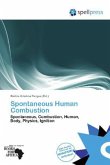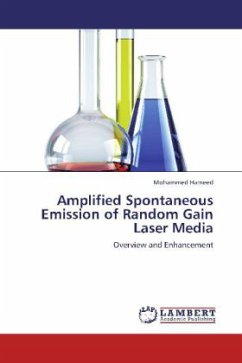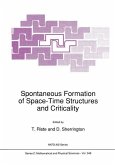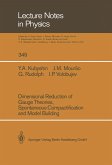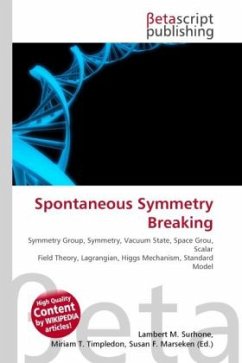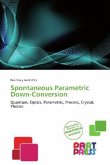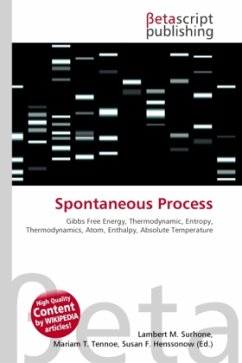Please note that the content of this book primarily consists of articles available from Wikipedia or other free sources online. Spontaneous fission (SF) is a form of radioactive decay characteristic of very heavy isotopes. Because the nuclear binding energy reaches a maximum at a nuclear mass greater than about 60 atomic mass units (u), spontaneous breakdown into smaller nuclei and single particles becomes possible at heavier masses. Because of constraints in constructing the daughter fission product nuclei, spontaneous fission into known nuclides becomes theoretically possible (that is, energetically possible) for many atomic nuclei (nuclide) with a mass greater than or equal to 93 atomic mass units (u), with the possibility increasing as mass number grows above this boundary. The lightest nuclides found naturally which are in theory subject to spontaneous fission, are niobium-93 and molybdenum-94 (elements 41 and 42 respectively). Spontaneous fission has never been observered in naturally-occurring isotopes of these ligher elements, however. Operationally they are stable isotopes.
Bitte wählen Sie Ihr Anliegen aus.
Rechnungen
Retourenschein anfordern
Bestellstatus
Storno


